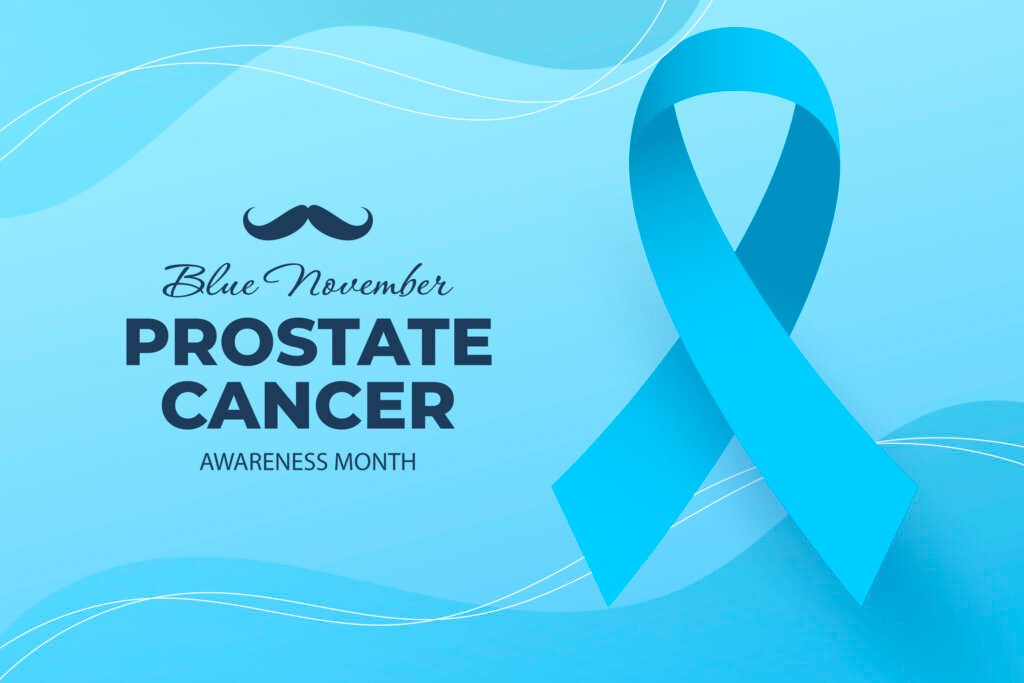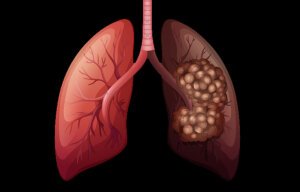When Ugonna turned 55, he felt in the best shape of his life. His diet was balanced, he exercised regularly, and he went for yearly checkups. But during one routine visit, his doctor suggested a PSA (prostate-specific antigen) test. It’s a blood test that can help detect prostate cancer early, especially in men over 50. Ugonna was hesitant, assuming he was too healthy to worry. Still, he agreed. Two days later, the results came back higher than normal.
This is the beginning of many men’s journeys with prostate cancer—a diagnosis that comes with questions, decisions, and the hope of beating the disease. Here, we’ll walk through what prostate cancer is, its causes, symptoms, treatment options, and most importantly, how early detection and prevention can make a life-changing difference.
What Is Prostate Cancer?
Prostate cancer occurs in the prostate gland, a small walnut-shaped gland in men responsible for producing seminal fluid. Most prostate cancers grow slowly and may not cause serious harm, but some can be aggressive, spreading quickly if not detected early. It is one of the most common cancers among men, particularly affecting those over 50.
In Ugonna’s case, his elevated PSA levels didn’t necessarily mean cancer, but his doctor recommended further testing to be sure. This cancer often doesn’t show symptoms in its early stages, making early testing critical, especially for men with family histories of the disease.
Causes and Risk Factors
Ugonna wanted to understand why he, an otherwise healthy man, might be at risk. He learned that prostate cancer is influenced by various factors:
1. Age: Risk increases significantly after age 50.
2. Family History: Men with a father, brother, or son diagnosed with prostate cancer are at a higher risk.
3. Race: African American men are statistically more likely to develop this cancer than men of other races.
4. Diet and Lifestyle: A diet high in red meat and low in vegetables, coupled with an inactive lifestyle, may increase risk.
5. Genetics: Genetic mutations in BRCA1 and BRCA2, often linked to breast cancer, can also raise prostate cancer risk.
Recognizing Symptoms
Ugonna didn’t have any symptoms, but some men experience warning signs, especially as the cancer progresses. Typical symptoms include:
– Difficulty Urinating: A weak or interrupted flow.
– Frequent Urination: Especially at night.
– Blood in Urine or Semen: A concerning sign that requires immediate attention.
– Pain or Discomfort in the Pelvic Area: Sometimes accompanied by lower back pain.
– Erectile Dysfunction: Though not exclusive to prostate cancer, it can be an indicator.
Ugonna was fortunate to catch his cancer early. Like many men, he had no visible symptoms, and this highlights again, the importance of regular screenings.

Diagnosing Prostate Cancer
Ugonna’s next step was a biopsy—a small tissue sample taken from the prostate to look for cancerous cells. Prostate cancer diagnosis may involve:
1. PSA Test: This blood test checks for elevated levels of PSA, which can indicate cancer. However, PSA levels may rise slightly over time and this is normal.
2. Digital Rectal Exam (DRE): A physical exam where a doctor checks for abnormalities in the prostate.
3. Biopsy: If other tests indicate risk, a biopsy provides a definitive diagnosis.
After the biopsy, Ugonna was told he had an early-stage, localized prostate cancer, which meant it hadn’t spread beyond the prostate. His options were broad, from active monitoring to treatment, each with its own advantages.
Treatment Options for Prostate Cancer
Ugonna’s doctor explained the available treatment options and encouraged him to consider his age, health, and the cancer’s progression. Common treatments for prostate cancer include:
1. Active Surveillance: Also known as “watchful waiting,” this approach involves regular monitoring without immediate treatment. It’s often chosen when the cancer is slow-growing.
2. Surgery (Prostatectomy): The removal of the prostate gland, usually effective if the cancer hasn’t spread. While surgery can have side effects like urinary incontinence and erectile dysfunction, it’s an option for many.
3. Radiation Therapy: High-energy rays are used to target and kill cancer cells. External beam radiation or brachytherapy (placing radioactive seeds in the prostate) are common options.
4. Hormone Therapy: Since prostate cancer cells rely on testosterone to grow, hormone therapy reduces or blocks testosterone to slow cancer growth.
5. Chemotherapy and Immunotherapy: While chemotherapy is often used in advanced cases, immunotherapy, which stimulates the immune system to fight cancer, is being explored as a newer option.
After careful consideration and conversations with family, Ugonna chose surgery. It was a tough decision, but he felt ready to take aggressive action and continue living his life cancer-free.
The Importance of Early Detection and Prevention
Reflecting on his journey, Ugonna became an advocate for regular screenings. He realized that early detection gave him more choices and a better chance of beating the disease. Men can lower their risk of prostate cancer by:
1. Eating a Balanced Diet: Diets rich in fruits, vegetables, and healthy fats can help protect against prostate cancer. Lycopene (found in tomatoes), cruciferous vegetables (like broccoli), and omega-3 fatty acids are particularly beneficial.
2. Staying Active: Regular exercise helps maintain a healthy weight and reduce the risk of prostate cancer.
3. Avoiding Tobacco and Limiting Alcohol: While not directly linked to prostate cancer, these habits can impact overall health and immunity.
4. Talking to a Doctor About Regular Screenings: Annual PSA testing and digital rectal exams starting at age 50—or earlier for high-risk groups—can save lives.
Life After Prostate Cancer
After surgery, Ugonna faced a recovery period, including managing some side effects like temporary incontinence and sexual function issues. Through physical therapy and support groups, he gradually regained strength and found ways to cope with the challenges. Today, he lives cancer-free and takes pride in sharing his story to help other men recognize the value of early detection and proactive health choices.
Bottom Line
Ugonna’s journey with prostate cancer serves as a powerful reminder of the importance of early detection, understanding risk factors, and choosing a treatment path that aligns with one’s goals. Prostate cancer is a complex disease, but through awareness, regular checkups, and healthy lifestyle changes, many men can lead long, fulfilling lives. If you’re over 50 or have a family history of prostate cancer, consider making an appointment with your healthcare provider to discuss screenings.
By staying informed and proactive, we can all take steps toward better health and reduce the impact of prostate cancer on our lives.
I encourage you to share this article.
Missed our last blog? Read about Arthritis here
Need health coverage for your Staff? View our Corporate plans here










